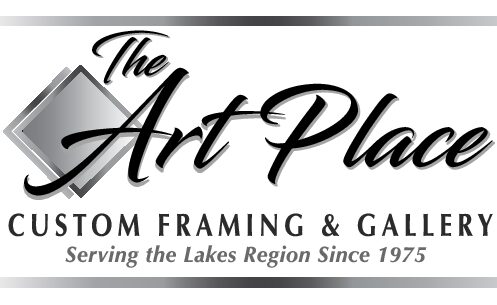
Shadows and Silhouettes Photograph by Jeb Bradley
I was asked today what the GRID means. New Hampshire is the home of 48 4,000 footers. These awe-inspiring mountains have not only have been the source for photographer Jeb Bradley’s inspiration, but have also served as a challenge for this avid hiker.
Bradley began pursuing the GRID in 2009, and finished in early 2015. The GRID involves hiking each of New Hampshire’s 4,000 footers in every month of the year. That means that Bradley hiked all of the state’s toughest mountains even in the deepest months of the winter. His camera in tow, Jeb also viewed these peaks in every season of the year. His images capture frosted snowdrifts, vivid foliage, and crisp reflections in warm summer lakes. Very view people have seen New Hampshire’s mountains the way Jeb has–he is only the 49th hiker to complete the GRID–but he chooses to share his experiences through the art of photography.

Star Lake Photograph by Jeb Bradley
While I was helping to hang Jeb’s portfolio of works for his show at The Art Place, I asked him which photographs he most wanted to highlight. Not surprisingly, he pointed out his series on Star Lake, a stunning lake at so remote and high an altitude that it is unseen by most New Hampshire natives. Bradley’s crisp images teleport viewers to this nearly magical location, one of his favorite places in the White Mountains.
Bradley’s exhibit at The Art Place continues through July 9. Don’t miss this show highlighting New Hampshire’s colorful seasons.





 “Private Charles J. Miller: New Paintings from the South Pacific”
“Private Charles J. Miller: New Paintings from the South Pacific”